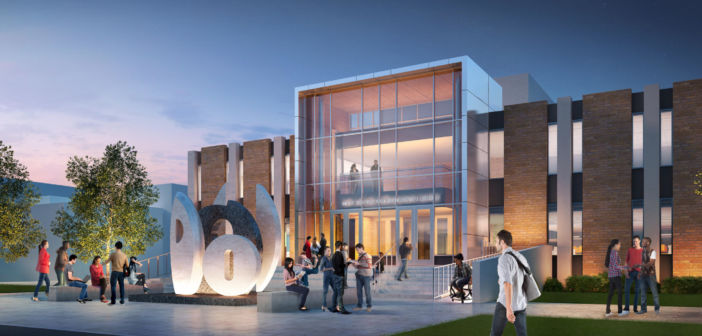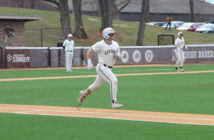The E.W. Fairchild-Martindale Library and Computing Center, commonly known as FML, will be undergoing renovations to create a more collaborative and experiential learning environment for the student body.
A team of 12 individuals, including members of the Library and Technology Services Help Desk, and Bruce Taggart, the vice provost of Library and Technology Services, are in charge of this project. This team is responsible for making sure Lehigh’s libraries have adequate space and technology to support the institution as the student body continues to grow.
“I want to make FML the next generation of libraries for research universities,” Taggart said.
Taggart emphasized the importance of the visualization lab and the one-button studio. Certain classes already regularly utilize the visualization lab for its augmented and virtual reality headsets and nine-panel touchscreen layout. Taggart said he believes FML should be a center for students and expression, and these two rooms encourage creativity and utilizing technology to produce and share students’ vision.
Cassidy Drost, ’20, works at the LTS help desk. In the next couple years, Taggart and his team will replace one of the help desks with a cafe and a large interactive touchscreen.
While this puts her work study in jeopardy, Drost said she simply wants what’s best for the student body.
“I hope the renovations will add more spaces for students to study,” Drost said. “The staff can make much more functional use of some of the space in the library. I want to have more places to work.”
Julia Duchossois, ’22, frequently goes to FML and is also interested in more study spaces. While she was not aware of any of the renovations going on, Duchossois said she would love to have more seating options if the opportunity arose.
“I would also like for FML to have a more modern computer or technology lab,” Duchossois said. “It would be nice if there were more printing sites and of course, the more outlets, the better.”
Taggart said that they have added over 300 seats to FML in the last two years to accommodate for the growing size of the student body.
Originally built in 1960, FML was centered around collaboration, creativity, scholarship and socialization. In recent decades, the use of media and technology have been added to the mix.
“In 2014, we decided to get together and begin taking out books that had low utilization statistics,” Taggart said. “We had a whole floor of government documents and other journals. We took those out, put in furniture and collaboration spaces, and students flocked.”
Along with the furniture, the addition of accessible power outlets catapulted FML into the modern age.
Taggart said the team will continue to clear out books and stacks that are no longer in use to create more spaces for students to come together and work. While the first phase of renovations is supposed to be complete by fall 2021, Taggart said he thinks change is continuous, and the team should constantly strive to make FML the most collaborative and student-driven space it can possibly be.
“It’s not about the stacks, it’s about the students,” Taggart said.






Comment policy
Comments posted to The Brown and White website are reviewed by a moderator before being approved. Incendiary speech or harassing language, including comments targeted at individuals, may be deemed unacceptable and not published. Spam and other soliciting will also be declined.
The Brown and White also reserves the right to not publish entirely anonymous comments.
1 Comment
I hope we understand that some of those books with “low utilization statistics” may be very valuable…